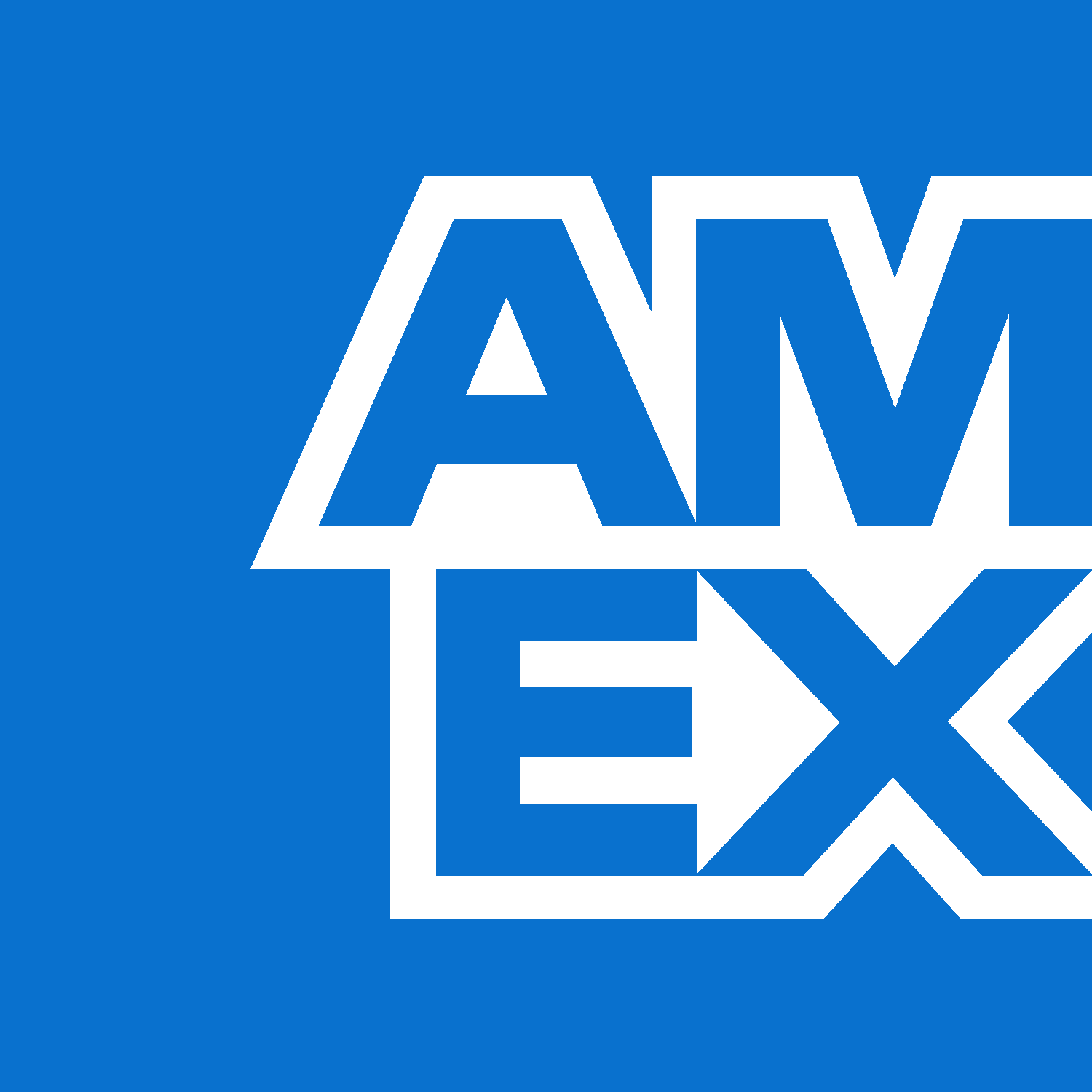How Was The Great Barrier Reef Formed?
The Great Barrier Reef formed when an ancient coastal plain flooded and created a shallow, nutrient-rich environment for corals to grow. This is believed to have occurred around 20,000 years ago, but coral reefs in the area have supposedly been growing under the surface around 500,000 years ago.
As the largest living ecosystem on earth, the Great Barrier Reef is one of the world’s most treasured wonders. Lucky for us, the reef is located just off Tropical North Queensland, Australia! There are lots of day tours, overnight tours, and scenic flights that allow you to visit this natural world wonder. Spanning over 2,600 kilometres, the reef is continuously growing, morphing and changing shape. Consisting of corals, seagrasses, islands and cays, this wondrous ecosystem doesn’t leave much up to the imagination!

When did coral on the Great Barrier Reef start forming?
Legend has it that the Great Barrier Reef is up to twenty million years old - first encountered 40,000 years ago when First Nations people were thriving. It’s said that the current reef is between 6,000 and 8,000 years old, forming just after the last ice age began to recede. In fact, the Great Barrier Reef that we know today sits upon the remains of the Great Dividing Range - how’s that for evolution?
The formation of a coral reef is a mystical thing: when already-formed reefs release lava into the water, the lava floats along until it hits hard material including submerged rocks or islands. When the free-swimming larva attaches itself, it evolves into coral and begins to expand and grow. Growth rates are slow, with large corals growing at around 0.3 to 2 centimetres per year, and branching corals growing up to 10 centimetres per year. This means it can take up to 10,000 years for a coral reef to form from one batch of larvae. Barrier reefs and atolls can take from 100,000 to 30,000,000 years to form completely.

History of the Great Barrier Reef, Australia
The Great Barrier Reef has a fascinating history that dates back much farther than most people can imagine! Millennia ago, coral began to form around the base of the mountains that made up the Great Dividing Range, which were at the time continental islands (meaning they are unsubmerged parts of the continental shelf but are entirely surrounded by water).
As the sea levels began to rise, the coral began to creep up the mountains. Eventually, the mountains were completely covered and created small islands, barrier reefs and atolls. The islands surrounding Cairns and the northern parts of the Great Barrier Reef are the remaining tops of mountains. They are now surrounded by beautiful fringing reefs, filled to the brim with vibrant sea life.
The Great Barrier Reef, just like every reef, was formed from the presence of one humble organism. The coral polyp is ousted from its parents into the deep sea and eventually rests on a stationary object like a rock. It then attaches itself to the object and the reef, as we know it, begins to take shape.
After settling, the organism creates a secretion of calcium carbonate, which then hardens and forms the scaffold of the reef. This scaffold or skeleton helps form the shape of the coral. The original polyp settles on the outside of this skeleton and is joined by other polyps to form one organism. Over time the polyps develop a special relationship with algae - it becomes the polyps’ source of food and eventually gives coral its vibrant colours.
Healthy Coral will grow at a rate of about 5mm to 20 cm per year, but it depends on the species and its overall environment. Coral thrives best in temperatures between 21C and 29C, which is one of the major reasons the Great Barrier Reef is so beloved for its striking coral.

Coral Competition on the Great Barrier Reef
While the reef is forming, other types of coral will try to settle in the area. They will compete for resources and space, and it's this notion that helps develop a fully formed coral reef. The reef, which was triggered by a single organism, eventually becomes a thriving and diverse ecosystem. Both hard and soft corals begin to take up residency on the reef, nestling upon older or dead corals to expand and change the shape of the reef. As the ecosystem blooms, marine plants and fish begin to join the environment. They use the corals for food resources, for mating and protection.
The incredible Great Barrier Reef boasts a delightful array of marine life: including 1,500 species of fish, six species of sea turtles, 30 species of whales and dolphins and a whopping 411 species of hard coral.

Tours to the Great Barrier Reef
Has all of this coral talk tickled your fancy? Below are popular day and overnight tours that visit the Great Barrier Reef within the Cairns region!
- Passions of Paradise: 1 day of incredible snorkelling, scuba diving and exploring the underwater world on a fast and modern catamaran.
- Ocean Safari: a half day of ecotourism, featuring two different snorkelling sites that feature an incredible array of marine life.
- Silverswift: spend up to 5 hours enjoying what the reef has to offer!
- Evolution Reef Cruise: cruise at high speeds to exclusive locations on the Great Barrier Reef
- Reef Encounter 2 Day 1 Night Liveaboard Tour: two incredible days of snorkelling and diving on the Outer Barrier Reef.
- Great Adventures: Green Island & Great Barrier Reef: visit one of the many islands on the reef and spend hours at the pontoon.
- Rum Runner 2 day /1 night Cairns: an incredible tour on shoestring that offers the best value for overnight snorkel or diving.















